Printmaking stands as a pivotal art form, bridging the gap between traditional artisan crafts and modern fine art. This method of creating artworks, which includes transferring images from a matrix to another surface, most commonly paper, has been a cornerstone in the world of graphic art. Within the realm of printmaking, lithographs and prints emerge as two distinct yet significant forms. Their unique characteristics, history, and techniques contribute profoundly to their esteemed status in the art community.

What is a Lithograph?
A lithograph is a type of print, but with a process and result that sets it apart from other forms of printmaking. The term lithograph originates from two Greek words, “lithos” meaning stones and “grapho” meaning to write, which aptly describe its essence. Alois Senefelder, a German playwright, invented this method around 1796, inadvertently revolutionizing the world of printmaking.
The process of creating a lithograph involves drawing an image directly onto a smooth stone (traditionally limestone) or metal plate using a greasy crayon or a similar oil-based substance. Once the drawing is complete, the stone or plate is treated with a chemical solution that ensures the ink will adhere only to the drawn areas. The rest of the stone or plate is treated to repel ink. When the surface is inked and pressed onto a sheet of paper, the image is transferred, creating the lithograph.
Original lithographs are distinguished by their unique textural qualities and subtle gradations of tone. Unlike other forms of printmaking, lithography allows for more direct control and freedom in the artistic process, as the artist draws the image onto the printing surface. This direct approach often results in works that bear a closer resemblance to the artist’s original intent, making each lithograph a unique work of art.
This artistic process, pioneered by Senefelder, has been embraced and advanced by numerous artists over the centuries, each adding their touch to the evolving art form of lithography. The originality and artistic integrity of lithographs make them a highly valued and sought-after type of print in the world of fine art.
The Art of Printmaking
Overview of Printmaking
Printmaking is an art form that involves creating images, typically on paper, through various processes that allow for multiple copies or impressions of a single design. The essence of printmaking lies in its ability to reproduce artworks, making them accessible to a wider audience. It’s a diverse field that encompasses various techniques, each with its unique aesthetic and technical aspects.
Different Types of Printmaking Processes
- Lithography: As discussed earlier, this involves drawing on limestone or metal plates with a greasy substance and using oil-based ink for printing.
- Screenprinting: A technique where ink is pushed through a screen template onto the paper. It’s popular for its versatility and vibrant colors.
- Relief Printing: This includes methods like woodcut and linocut, where the image is carved out of a surface, leaving the raised areas to be inked and pressed onto paper.
- Intaglio Printing: Techniques like etching and engraving fall under this category, where the image is incised into a metal plate, and the ink sits in these grooves.
- Digital Printing: A modern technique where images are printed using digital or electronic files.
Role of Printmaking in Graphic Art
Printmaking has been instrumental in the evolution of graphic art. It has allowed artists to experiment with different textures, lines, and forms. This art form has also played a crucial role in disseminating information and artistic ideas throughout history, making art more accessible to the public.
What is a Print?
Definition and Broad Categorization of Prints
A print is a work of graphic art which has been conceived by the artist to be realized as an original work of art, rather than a reproduction of a work in another medium. Prints are typically created by transferring ink from a matrix or through a prepared screen to a less absorbent surface, such as paper or fabric.
Printmaking Techniques: Offset and Hand-Pulled
- Offset Printing: A widely-used commercial printing technique where the image is transferred from a plate to a rubber blanket, then to the printing surface.
- Hand-Pulled Methods: These are traditional techniques where the artist creates prints manually, offering a distinct touch that machine printing cannot replicate. This includes methods like lithography, etching, and woodcut.
Comparison with Other Forms of Graphic Art
While prints share similarities with other graphic arts, such as drawing or painting, they are unique in their method of creation and reproduction. Prints are characterized by their ability to produce multiple copies of the same piece, which is not typically possible with other forms of graphic art. Each printmaking technique also offers unique aesthetic qualities, from the bold lines of a woodcut to the fine details achievable in etching, making prints a versatile and expressive medium in the realm of graphic art.
Creating a Lithograph
Step-by-Step Description of the Lithographic Process
- Preparing the Surface: The artist selects a flat surface, traditionally limestone, but materials like zinc or mylar can also be used.
- Drawing the Image: The artist draws directly onto the surface with a greasy crayon or a similar oil-based substance. This part of the process is crucial as it determines the final image.
- Processing the Surface: The drawn surface is then chemically treated. The treatment ensures that the ink will adhere only to the parts of the surface where the greasy crayon was applied.
- Inking and Printing: The surface is then dampened with water, which repels the oil-based ink from the wet, undrawn areas. The ink is then applied, sticking only to the crayon lines. Finally, the image is transferred onto paper through a printing press.
After drawing the image, the artist treats the undrawn areas of the surface with a solution that repels the ink, ensuring that during printing, ink adheres only to the crayon lines.
Finally, the image is transferred onto paper through a printing press, resulting in a distinctive lithographic print.
Materials Used in Lithography
- Surfaces: Limestone, zinc, mylar.
- Drawing Materials: Greasy crayons, oil-based inks.
Role of Mechanical Devices in Lithography
- Printing Press: The most crucial mechanical device in lithography, used to press the paper against the inked lithographic surface.
- Rollers: Used for evenly applying ink and water on the lithographic surface.
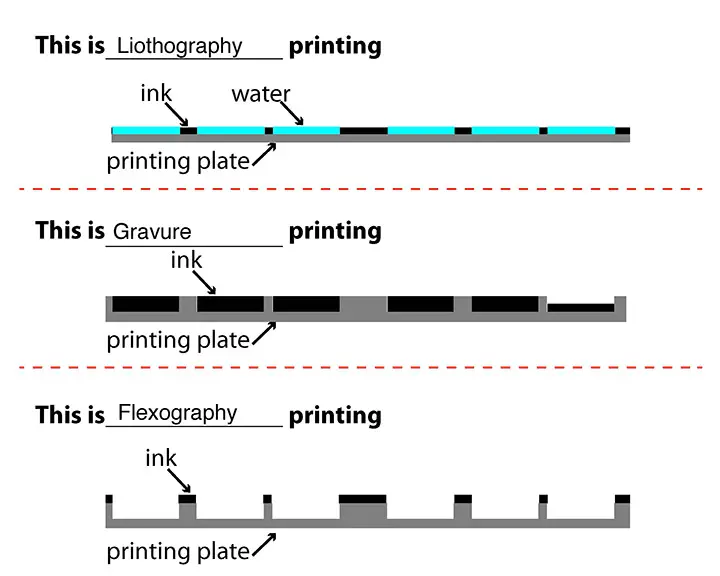
Difference Between Lithograph and Print
| Feature | Lithograph | |
|---|---|---|
| Process | Involves drawing with a greasy crayon on a specific surface and using chemical processes. | Various processes including digital, screenprinting, etching, etc. |
| Materials | Typically limestone, zinc, or mylar. | Depends on the printmaking technique; often involves paper, fabric, or metal plates. |
| Ink Application | Oil-based ink is used, adhering only to the greasy drawing. | Varies by technique; can be water-based or oil-based. |
| Texture | Soft, smooth lines with subtle tonal gradations. | Varies widely; can range from bold, graphic lines to fine, detailed marks. |
| Identification | Look for a lack of dot patterns; use a magnifying glass to inspect. | Dot patterns may be present, especially in digital or offset prints. |
Identifying a Lithograph and a Print
- Lithograph: Typically lacks the dot patterns that are often seen in prints made from mechanical processes. Using a magnifying glass, one can observe the continuous tone of the image.
- Print: May have dot patterns, especially if produced by methods like screenprinting or digital printing. A magnifying glass can help to identify these patterns.
Types of Lithographs and Prints
Various Types and Methods
- Hand-Pulled Lithographs: These are created using traditional techniques where the artist manually draws and prints the image. Each hand-pulled lithograph is unique due to the individual attention and variations in the process.
- Offset Prints: A modern printing method where the image is transferred from a plate to a rubber blanket, then to the paper. It’s widely used for commercial and high-volume printings.
- Digital Prints: Produced from digital images using a printer. Known for their precision and versatility.
- Screenprints: Ink is forced through a screen onto paper or fabric, often used in artistic and commercial applications.
- Etchings and Engravings: These are types of intaglio prints where the image is incised into a metal plate, filled with ink, and then pressed onto paper.
Famous Artists and Their Techniques
- Andy Warhol: Known for his screenprints that revolutionized the art world, particularly in pop art.
- Marc Chagall: Utilized lithography to create vibrant, whimsical works that often featured motifs from Jewish culture and folklore.
- Pablo Picasso: Experimented with various printmaking methods, including lithography, etching, and linocut, to create a diverse range of artworks.
The Role of Ink in Lithography and Printmaking
Types of Ink Used
- Oil-Based Ink: Commonly used in lithography for its ability to adhere to the greasy crayon lines and repel water.
- Water-Based Ink: Often used in screenprinting and other printmaking methods for its quick-drying properties and ease of cleanup.
Interaction of Ink with Different Materials
- Metal Plate: In intaglio prints, ink settles into the grooves cut into the plate, creating detailed and precise images.
- Stone Surface: In lithography, the ink adheres only to the areas marked with the greasy crayon, resulting in a unique texture and depth.
Techniques in Ink Application
- Tusche: A liquid used in lithography for creating wash effects or painting directly onto the lithographic stone or plate.
- Rolled-On Ink Application: A technique where ink is applied to the surface using a roller, common in both lithography and other printmaking methods. This method ensures an even distribution of ink across the image.
In lithography, the artist applies the oil-based ink directly onto the printing surface, ensuring precision and adherence to the greasy crayon lines.
Recognizing Originality and Reproduction
Distinguishing Original Lithographs/Prints from Reproductions
- Visual Inspection: Originals often have a richer, more vibrant quality in color and texture. Reproductions may show pixelation or dot patterns.
- Paper Quality: Original prints are typically on high-quality, archival paper, whereas reproductions might use lesser quality material.
- Signatures and Numbers: Many original prints are signed and numbered by the artist, indicating their authenticity and part of a limited edition.
- Edge of the Print: Original prints may have plate marks or evidence of the hand-pulling process, such as irregularities or ink smudges.
Factors Contributing to the Value of an Original Work of Art
- Artist’s Reputation: Works by renowned artists like Andy Warhol, Marc Chagall, or Pablo Picasso are highly valued.
- Rarity and Edition Size: Limited edition prints or rare pieces tend to be more valuable.
- Condition: The better the condition, the higher the value.
- Provenance: A documented history of the artwork adds to its authenticity and value.
Conclusion
The art of lithography and printmaking holds a special place in the world of fine art. Understanding the nuances between different types of prints, especially lithographs, and how they differ from reproductions, is crucial for art enthusiasts, collectors, and connoisseurs. These prints not only embody the artistic vision in multiple colors forms but also make art accessible to a broader audience.
The significance of lithographs and prints lies in their ability to capture and disseminate artistic expressions, bridging historical and contemporary art. They are a testament to the ingenuity and creativity of artists and their lasting impact in the art world.
Extended Text: Art Connoisseurship and Printmaking
How Art Connoisseurs Assess Lithographs and Prints
- Technique and Craftsmanship: Evaluating the skill and precision used in the printmaking process.
- Artistic Merit: Assessing the originality and aesthetic appeal of the artwork.
- Authenticity and Condition: Verifying the authenticity and examining the physical condition of the print.
The Role of Lithography and Printmaking in Contemporary Art
- Innovation and Experimentation: Artists continually experiment with printmaking techniques, pushing the boundaries of traditional methods.
- Cultural and Social Commentary: Many artists use printmaking as a medium to comment on social and cultural issues, making it a relevant and dynamic form of art.
- Accessibility and Popularity: Printmaking, including lithography, has made art more accessible to the public, contributing to its popularity and significance in contemporary art.
FAQ
What is the difference between a lithograph and a print?
The main difference between a lithograph and a print lies in the creation process. A lithograph is created using a method of lithography, where an image is drawn with a greasy crayon on slabs of limestone or metal plates and ink is applied to these areas. A print, however, can be produced by various processes, such as screenprinting or digital printing, and is not limited to the lithographic technique.
How does printmaking contribute to fine art?
Printmaking is a significant method of producing art which has been instrumental in the fine art world. It allows the creation of multiple copies of an original image, making art more accessible. The printmaking process, which can include techniques like hand-pulled lithography or etching, adds a unique artistic dimension and diversity to the realm of fine art.
What is the role of ink in the lithographic process?
In lithography, oil-based ink plays a crucial role. The ink is applied directly onto the printing plate where the image has been drawn with a greasy crayon. The chemical treatment of the plate ensures that the ink adheres only to the drawn areas, creating the final image normally on paper.
How can you tell the difference between an original lithograph and a reproduction?
To tell the difference, look for signs of the hand-pulled process in an original lithograph, such as the texture of the ink pattern and the presence of blank areas or irregularities. Reproductions might display a dotted circular pattern in rows, indicating mechanical printing. The original lithograph will often have a richer, more vibrant ink application.
Who are some famous artists known for their lithographs?
Andy Warhol is renowned for his lithographs, particularly in the pop art movement. Aloys Senefelder, the inventor of lithography, also made significant contributions to this art form. Their works demonstrate the versatility and artistic potential of lithographic printmaking.
How do modern lithographs compare to traditional techniques?
Modern lithographs often utilize contemporary methods like using stones or metal plates, alongside traditional techniques like drawing with a greasy crayon on the surface. They may incorporate advanced technology in inking and printing but still retain the fundamental principles of lithography as developed by Senefelder.

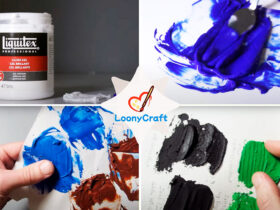

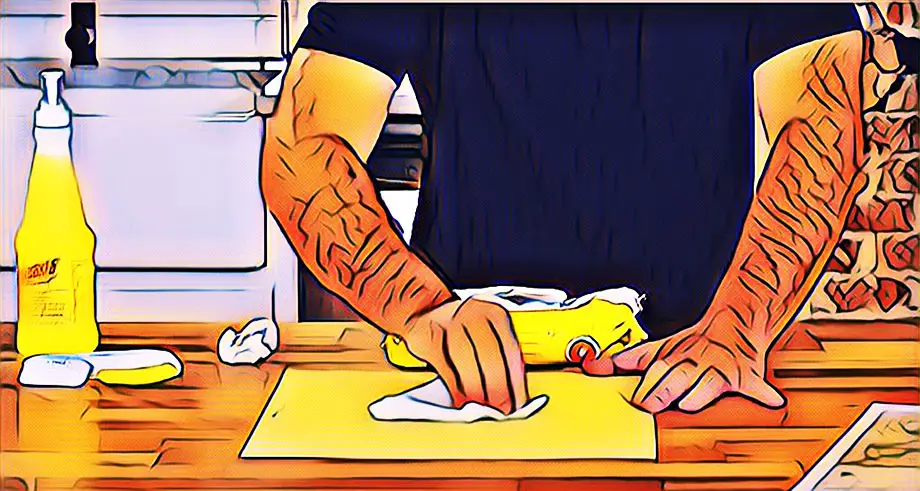
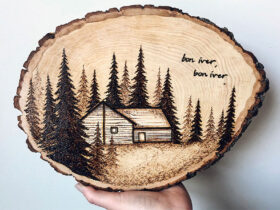
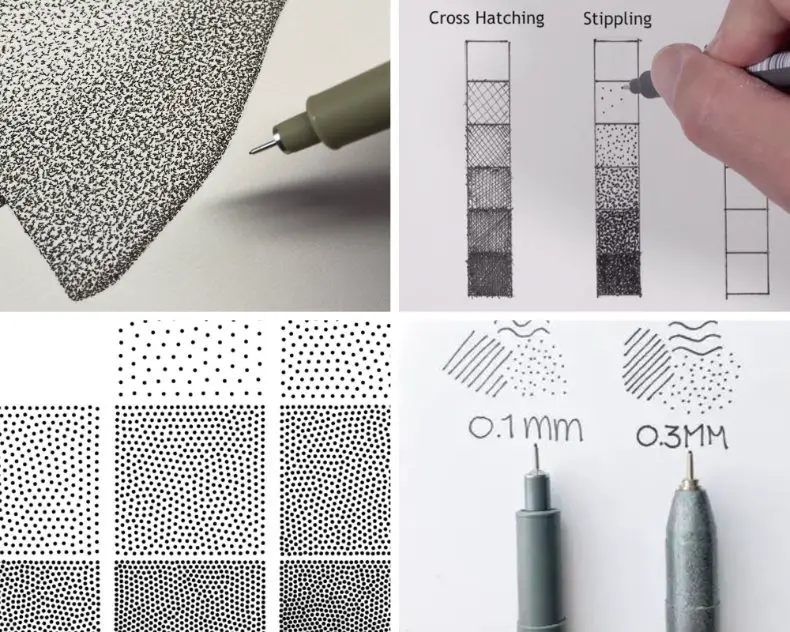

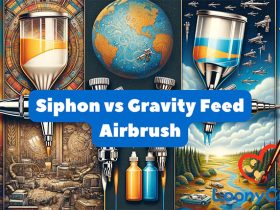



Leave a Reply